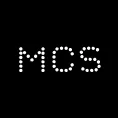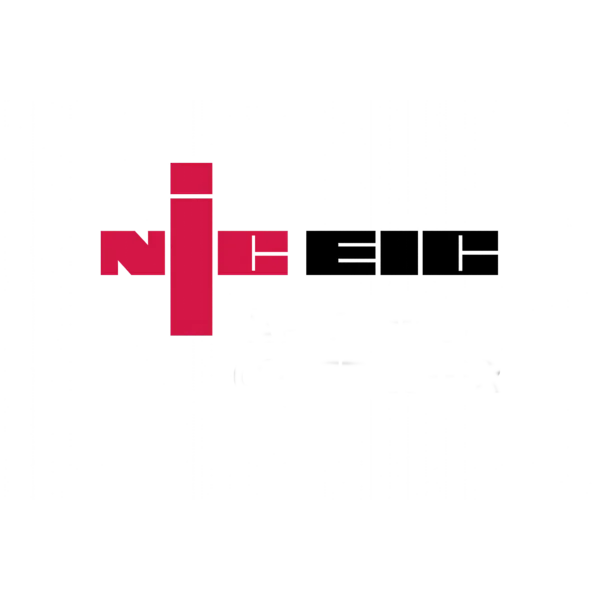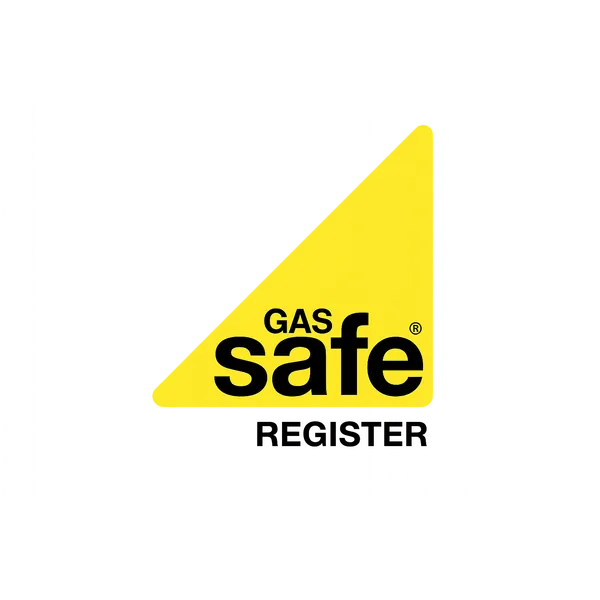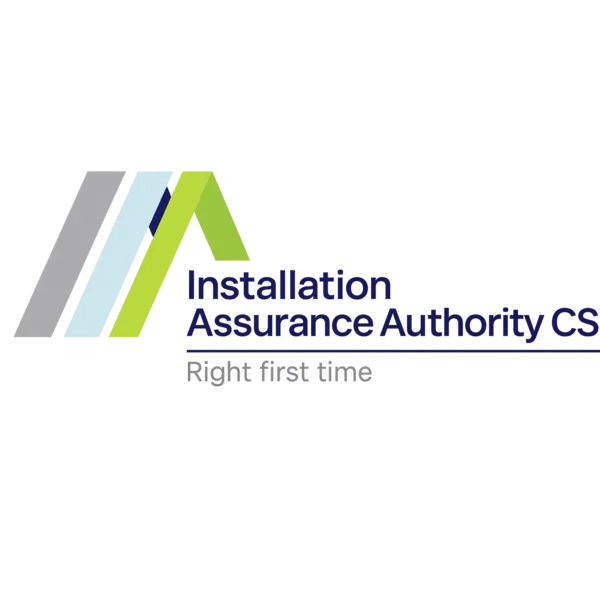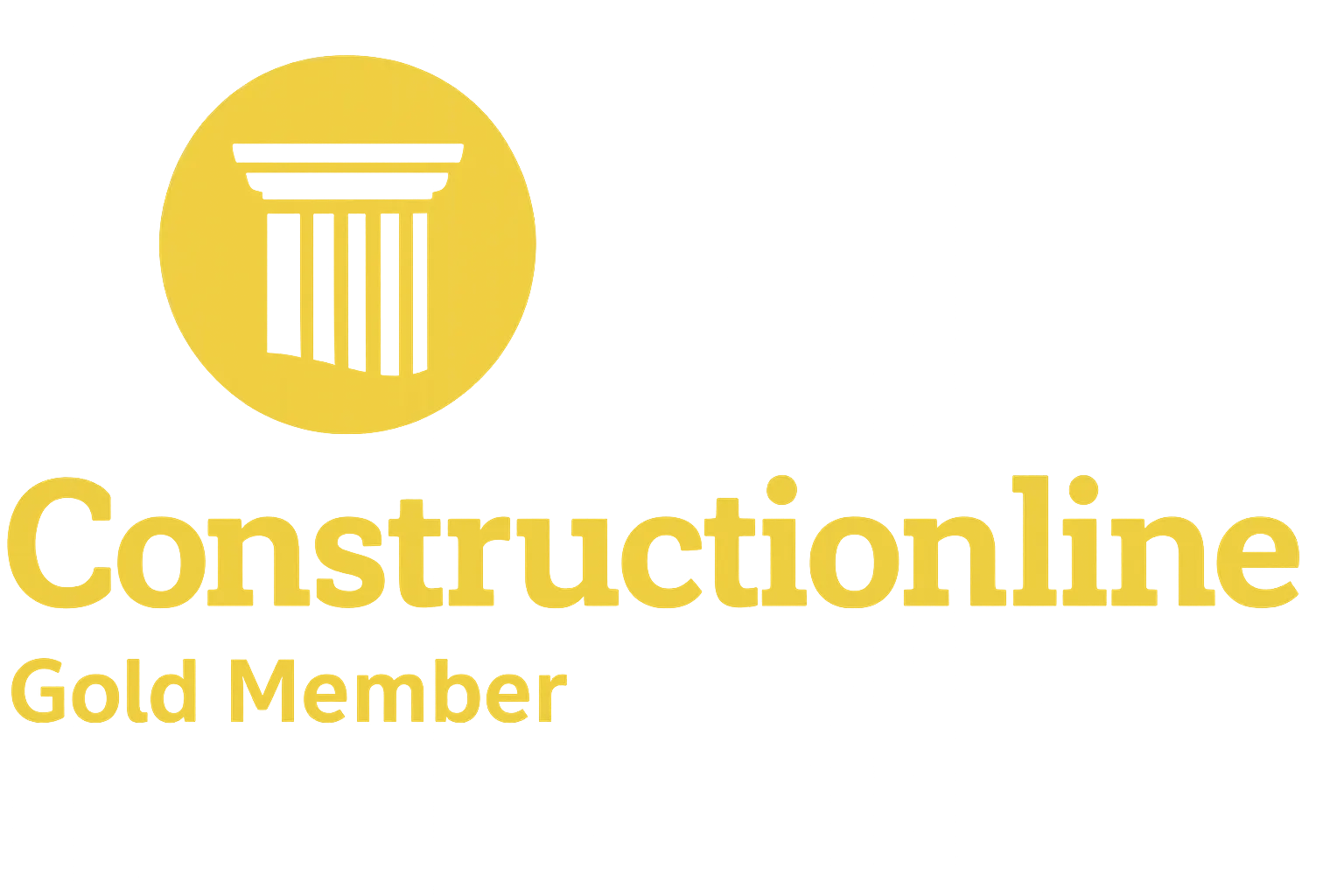Diagnosing Problems with Your Solar PV System Through Monitoring Data
Solar photovoltaic (PV) systems are remarkably reliable, but like any complex technology, they can experience performance issues over time. The key to maintaining optimal performance lies in understanding how to interpret your system's monitoring data. This comprehensive guide will teach you how to diagnose common problems, recognise fault patterns, and understand when professional intervention is necessary.
Understanding Your Solar Monitoring System
Modern solar PV systems come equipped with sophisticated monitoring capabilities that provide real-time insights into your system's performance. These monitoring platforms track everything from energy production and consumption to individual panel performance and environmental conditions.
Key Performance Indicators to Monitor
- Daily Energy Production: Your system's total energy output
- Performance Ratio: Actual output compared to expected output under ideal conditions
- String Voltages and Currents: Individual circuit performance
- Inverter Efficiency: How effectively DC power converts to AC
- Temperature Coefficients: How heat affects panel performance
Common Fault Patterns and Their Symptoms
Gradual Performance Decline
One of the most common issues is a gradual reduction in energy production over time. This can be caused by:
- Soiling: Dust, pollen, or bird droppings accumulating on panels
- Ageing Components: Natural degradation of solar cells and materials
- Shading Issues: New obstructions like tree growth or building construction
Diagnostic Tip: Compare your system's performance ratio month-over-month. A consistent decline of more than 2-3% annually may indicate underlying issues.
Sudden Production Drops
Abrupt changes in energy production often signal more serious problems:
- Inverter Failure: Complete loss of production
- String Faults: One or more panel strings not functioning
- Connection Issues: Loose wiring or faulty connectors
- Protection Device Tripping: Safety mechanisms activating
Monitoring Insight: CRG Direct's remote monitoring systems immediately alert you to sudden production drops, allowing for rapid response.
Irregular Production Patterns
Inconsistent energy generation throughout the day can indicate:
- Partial Shading: Intermittent shadows affecting panel groups
- Mismatched Panels: Performance variations between different panel batches
- Micro-cracks: Physical damage to solar cells
- Hot Spots: Localised overheating in specific panel areas
When to Troubleshoot Yourself vs. Call Professionals
DIY Maintenance Tasks
Some issues can be safely addressed by system owners:
- Panel Cleaning: Removing surface dirt and debris
- Visual Inspections: Checking for obvious physical damage
- Basic Monitoring Checks: Verifying system is operational
- Resetting Inverters: Following manufacturer guidelines for reset procedures
When to Contact CRG Direct
Professional intervention is essential for:
- Electrical Faults: Any issues involving wiring, connections, or electrical components
- Inverter Problems: Error codes, unusual noises, or complete failure
- Structural Concerns: Mounting system issues or panel damage
- Persistent Performance Issues: Ongoing underperformance despite basic troubleshooting
- Safety System Activation: Ground fault or arc fault circuit interrupter tripping
Maintenance vs. Failure: Understanding the Difference
Normal Maintenance Requirements
Regular maintenance is part of owning a solar PV system:
- Annual Cleaning: Removing accumulated dirt and debris
- Seasonal Inspections: Visual checks for wear and tear
- Monitoring System Updates: Ensuring software remains current
- Performance Reviews: Analysing long-term trends and patterns
Component Failure Indicators
Certain symptoms indicate genuine component failure:
- Inverter Error Codes: Persistent fault messages
- Zero Production: Complete system shutdown
- Physical Damage: Cracked glass, damaged frames, or water ingress
- Unusual Noises: Buzzing, clicking, or humming from equipment
How CRG Direct's Remote Monitoring Identifies Issues Proactively
Advanced Analytics and Pattern Recognition
Our sophisticated monitoring systems go beyond simple energy tracking:
- Predictive Maintenance Algorithms: Identifying patterns that precede failures
- Performance Benchmarking: Comparing your system against similar installations
- Weather Correlation Analysis: Accounting for environmental factors
- Component Health Monitoring: Tracking individual component performance over time
Early Warning Systems
CRG Direct's monitoring platform provides:
- Real-time Alerts: Immediate notification of system faults
- Performance Thresholds: Customisable alerts for underperformance
- Trend Analysis: Identifying gradual degradation before it becomes critical
- Comparative Analytics: Benchmarking against regional and system-type averages
Proactive Maintenance Scheduling
Our approach ensures:
- Preventative Interventions: Addressing issues before they cause downtime
- Optimal Performance: Maintaining peak efficiency throughout system lifespan
- Cost Savings: Reducing emergency repair costs through planned maintenance
- Extended Equipment Life: Maximising return on investment through proper care
Practical Troubleshooting Steps for System Owners
Daily Monitoring Routine
- Check Production Levels: Verify system is generating power
- Review Inverter Status: Ensure no error codes are present
- Monitor Weather Conditions: Account for environmental factors
- Track Consumption Patterns: Understand how energy is being used
Weekly Performance Analysis
- Compare Daily Averages: Identify trends and anomalies
- Review System Alerts: Address any notifications promptly
- Check Historical Data: Compare current performance to past periods
- Document Observations: Keep notes of any unusual patterns
Monthly Deep Dive
- Performance Ratio Calculation: Assess system efficiency
- Component Health Check: Review individual string and inverter data
- Maintenance Schedule Review: Plan upcoming maintenance tasks
- Professional Consultation: Discuss findings with CRG Direct if needed
The Financial Impact of Proper Monitoring
Effective monitoring and maintenance directly impact your return on investment:
- Maximised Energy Production: Every kilowatt-hour counts
- Reduced Downtime: Minimising lost generation opportunities
- Extended System Lifespan: Protecting your long-term investment
- Optimised Energy Bills: Ensuring maximum self-consumption and export
Future-Proofing Your Solar Investment
As solar technology evolves, so do monitoring capabilities. CRG Direct stays at the forefront of:
- AI-Powered Diagnostics: Machine learning for fault prediction
- Integration with Smart Home Systems: Holistic energy management
- Battery Storage Optimisation: Maximising self-consumption and grid services
- Regulatory Compliance: Ensuring systems meet evolving standards
Conclusion: Partnering for Optimal Performance
Understanding your solar PV system's monitoring data is crucial for maintaining optimal performance and protecting your investment. While basic troubleshooting skills are valuable, professional support ensures complex issues are addressed safely and effectively.
CRG Direct's comprehensive monitoring solutions provide the peace of mind that comes from knowing your system is being watched by experts. Our proactive approach to maintenance and fault detection ensures your solar investment continues delivering clean, affordable energy for years to come.
Ready to optimise your solar PV system's performance? Contact CRG Direct today to learn more about our advanced monitoring solutions and professional maintenance services. Our team of experts is ready to help you maximise your solar investment.





